Tula is a neat new microphone for online content creators
Small in size, succinctly designed and simple to use, the Tula mic is a sound investment, whether you are recording music or words, or just boosting the quality of your Zoom calls

It’s refreshing to come across technology that eschews complexity in both form and function. The newly launched Tula microphone is pitched at the current generation of content creators, whether they’re musicians, podcasters or writers, a simple, meticulously designed object that excels at a very focused task: recording sound. Tula was set up by the American musician and tech entrepreneur David Brown last year. Brown, now based in Barcelona, is a touring and recording musician, as well as the co-founder of Soyuz Microphones, a boutique firm specialising in high-end recording gear, hand-built in Russia.
Tula is pitched at a different kind of consumer, using the simplicity of a USB connection with no loss of high fidelity. ‘I went into Best Buy in the US to check out their USB mics,’ Brown recalls. ‘I knew that I could make something that looked better and sounded better as well.’
Brown and his team found a way of optimising a noise-reduction algorithm from the Swedish company Klevgrand into the firmware of the Tula. ‘We’re the only mic with this system,’ he says, pointing out that ultra-compact device has a big fidelity advantage over its competitors.
That’s not all, because the Tula also looks and feels superb. Brown’s design philosophy is strongly influenced by Dieter Rams. ‘I’m a huge fan of his aesthetic, as well as his maxim that you should build things to last. I also like design from the 1950s and 1960s – things were more human.’ The way the Tula fits in your hand is no accident. ‘I couldn’t get dimensions quite right until I started using the golden ratio,’ he says. ‘It fits the human hand perfectly.’ Coincidentally, Brown believes that another very familiar form took a similar approach – the cigarette packet.
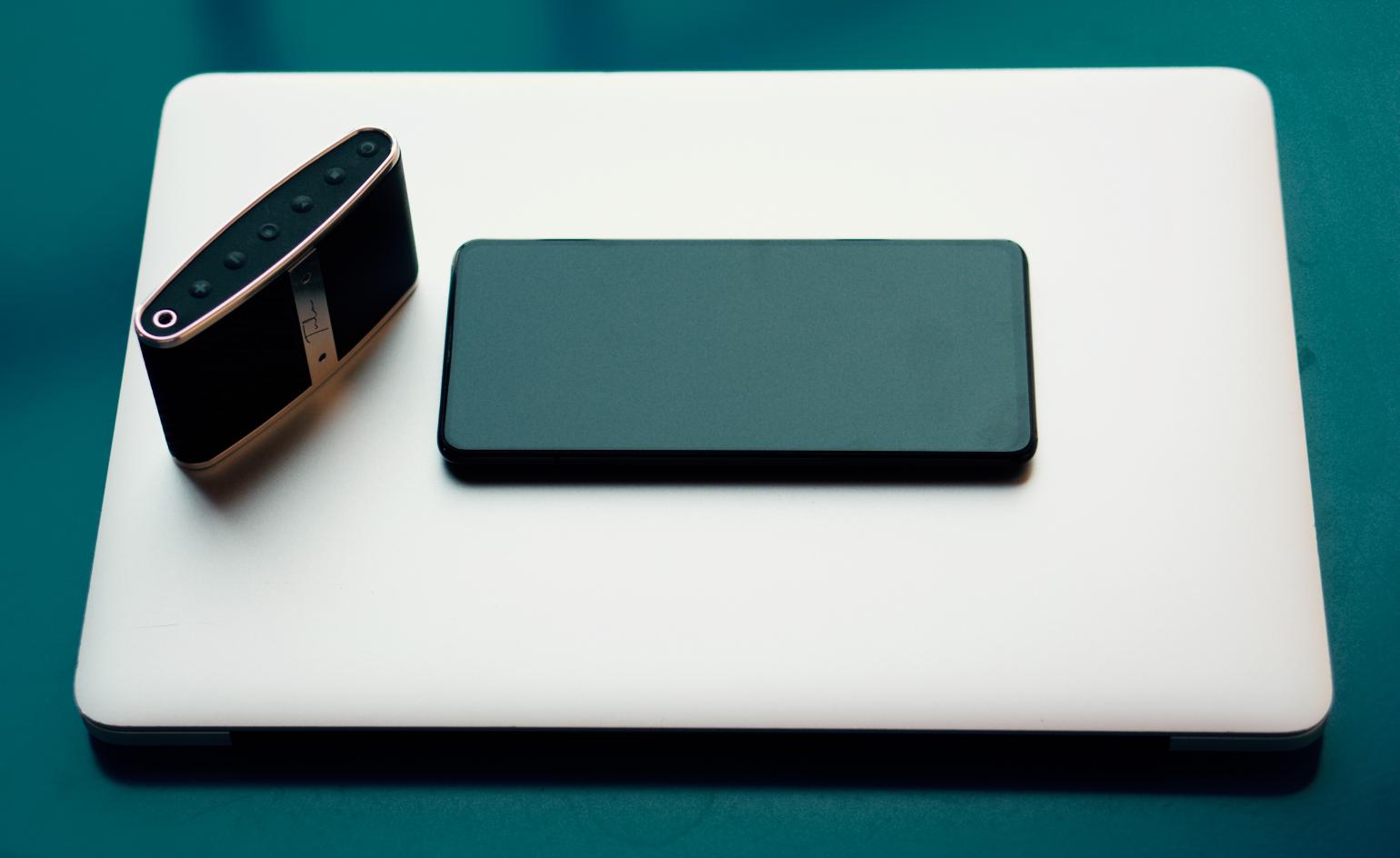
Brown believes strongly in excelling in a particular niche. ‘There’s no point in developing a product that already exists,’ he muses ‘For example, Soyuz has never competed with a class-leading dynamic microphone like the Shure SM57. Whoever does it best, let them do it.’
The Tula is screwed and snapped together, and uses high quality metals. The simple folding metal stand can be removed and replaced with a stand mount, and the headphone jack doubles as an input for a lavalier (hands-free) mic. There’s no dedicated app to download – you just plug it in via USB-C and go. ‘That approach appealed to Klevgrand as well – embedding their software in our hardware means the mic can be used across all platforms,’ he says.
Although musicians were his initial target market, Brown has seen audio creativity explode under lockdown. ‘I kept meeting people who wanted to start a podcast, for example,’ he says. ‘This device is about helping them.’ Even that mainstay of pandemic life, the Zoom call, is vastly enhanced by using the little $199 Tula’s advanced circuitry instead of your laptop’s inbuilt mic. Whether at your desk or out in the field, the Tula is a fine accompanist.
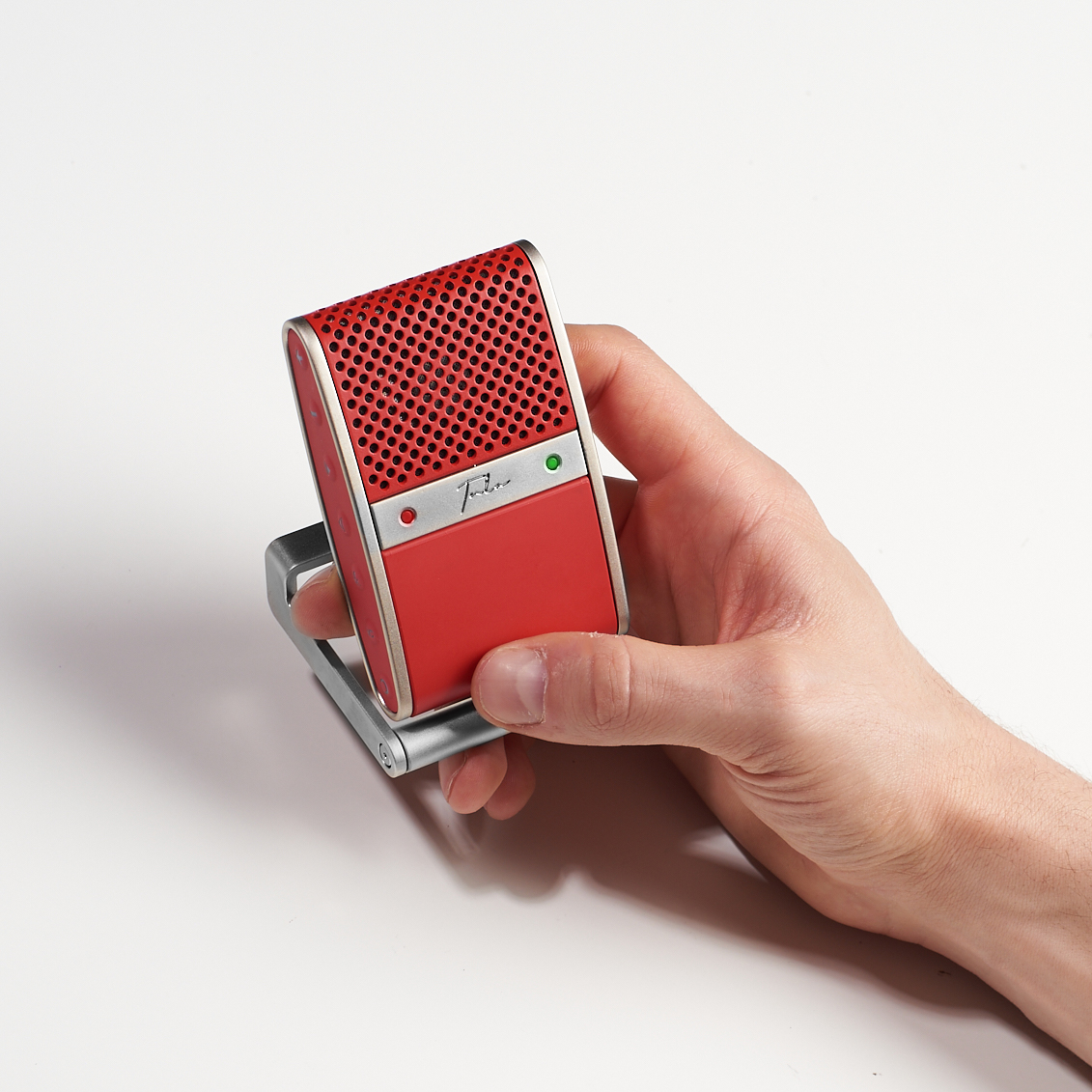
INFORMATION
Receive our daily digest of inspiration, escapism and design stories from around the world direct to your inbox.
Jonathan Bell has written for Wallpaper* magazine since 1999, covering everything from architecture and transport design to books, tech and graphic design. He is now the magazine’s Transport and Technology Editor. Jonathan has written and edited 15 books, including Concept Car Design, 21st Century House, and The New Modern House. He is also the host of Wallpaper’s first podcast.
-
 A compact Scottish home is a 'sunny place,' nestled into its thriving orchard setting
A compact Scottish home is a 'sunny place,' nestled into its thriving orchard settingGrianan (Gaelic for 'sunny place') is a single-storey Scottish home by Cameron Webster Architects set in rural Stirlingshire
-
 7 colours that will define 2026, from rich gold to glacier blue
7 colours that will define 2026, from rich gold to glacier blueThese moody hues, versatile neutrals and vivid shades will shape the new year, according to trend forecasters
-
 In Norway, discover 1000 years of Queer expression in Islamic Art
In Norway, discover 1000 years of Queer expression in Islamic Art'Deviant Ornaments' at the National Museum of Norway examines the far-reaching history of Queer art
-
 Inspired by a pebble, the stylish new Alma charger provides pocketable convenience
Inspired by a pebble, the stylish new Alma charger provides pocketable convenienceWhat if technology could quietly allay anxiety and not cause it? That’s the pitch behind new luxury accessories company Addition, starting with its new Alma wireless charger
-
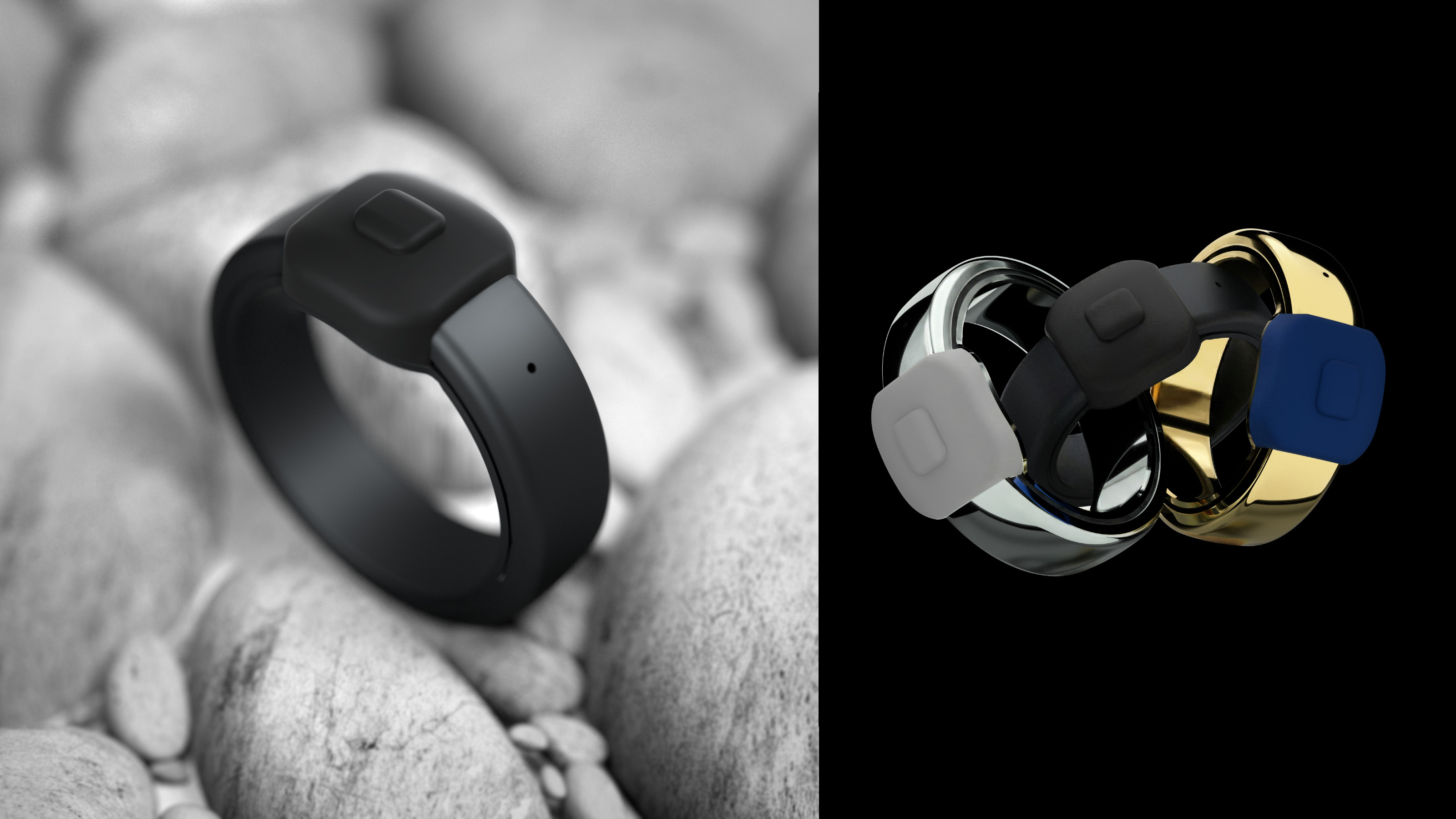 The ring’s the thing as Pebble launches a discreet device for memo-taking, Index Ring 01
The ring’s the thing as Pebble launches a discreet device for memo-taking, Index Ring 01A tiny device with a singular purpose but limitless applications, the Pebble Index 01 is a customisable smart ring for turning mental notes into text
-
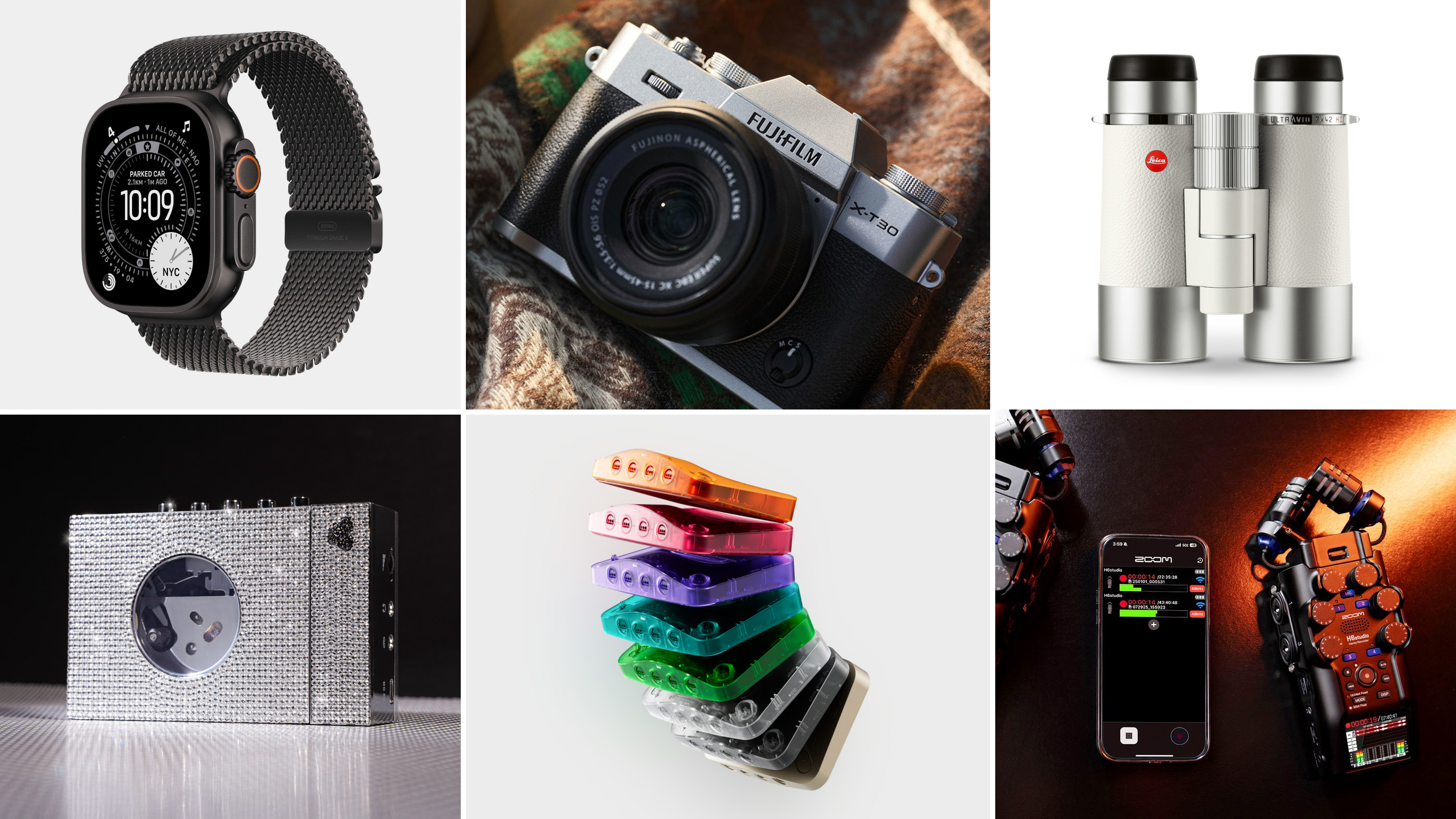 Tech gift ideas: Wallpaper’s Jonathan Bell lists 12 devices to desire this festive season
Tech gift ideas: Wallpaper’s Jonathan Bell lists 12 devices to desire this festive seasonTechnology editor Jonathan Bell delves into the best new releases and most giftable gadgets from 2025, offering up personal favourites as well as a few big hints
-
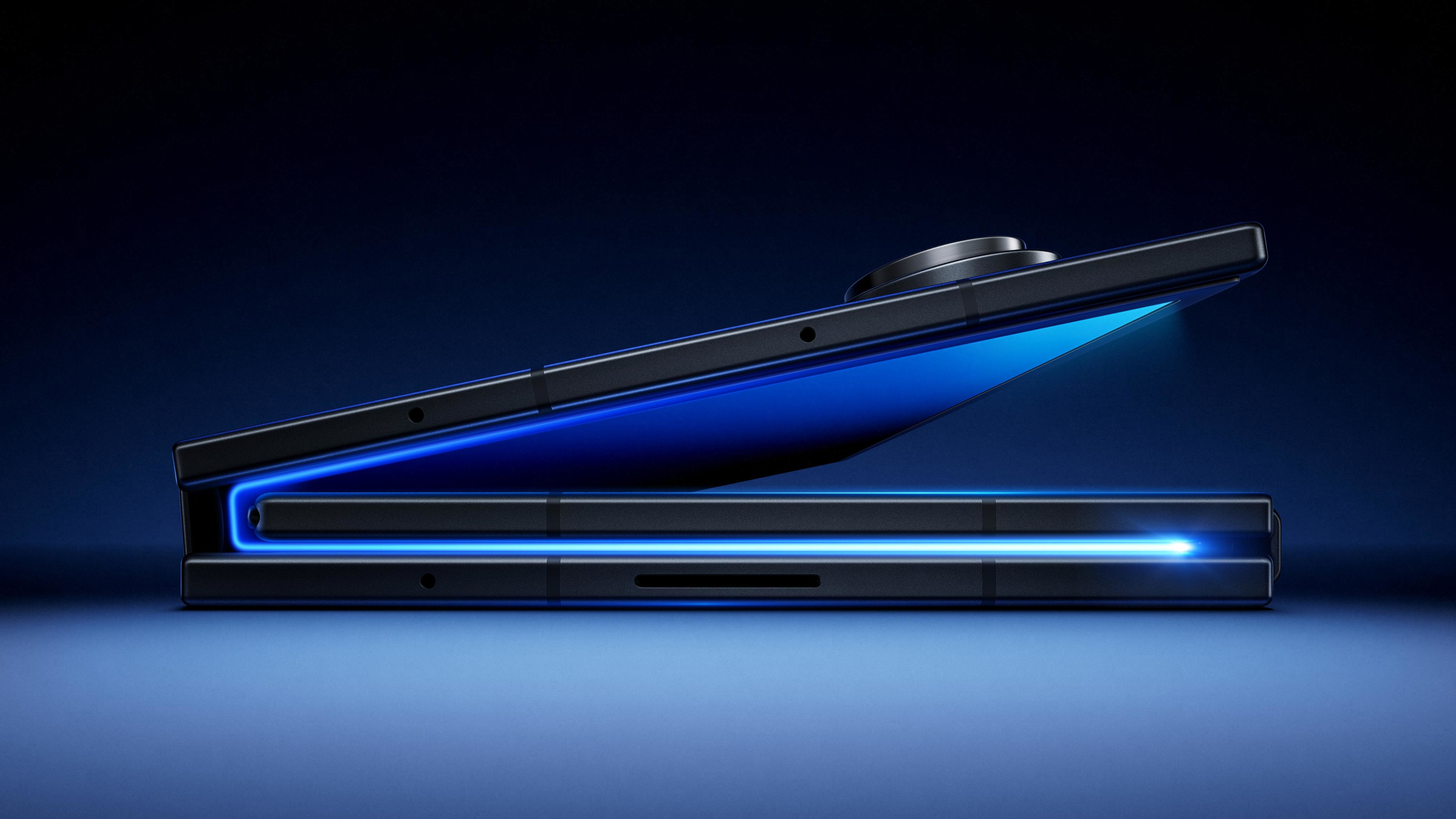 Samsung Galaxy Z TriFold is a pocket tablet that takes folding screens to new extremes
Samsung Galaxy Z TriFold is a pocket tablet that takes folding screens to new extremesSamsung has announced its newest flagship device, the Galaxy Z TriFold. Featuring three folding screens, this ultimate smartphone can transform into a ten-inch tablet
-
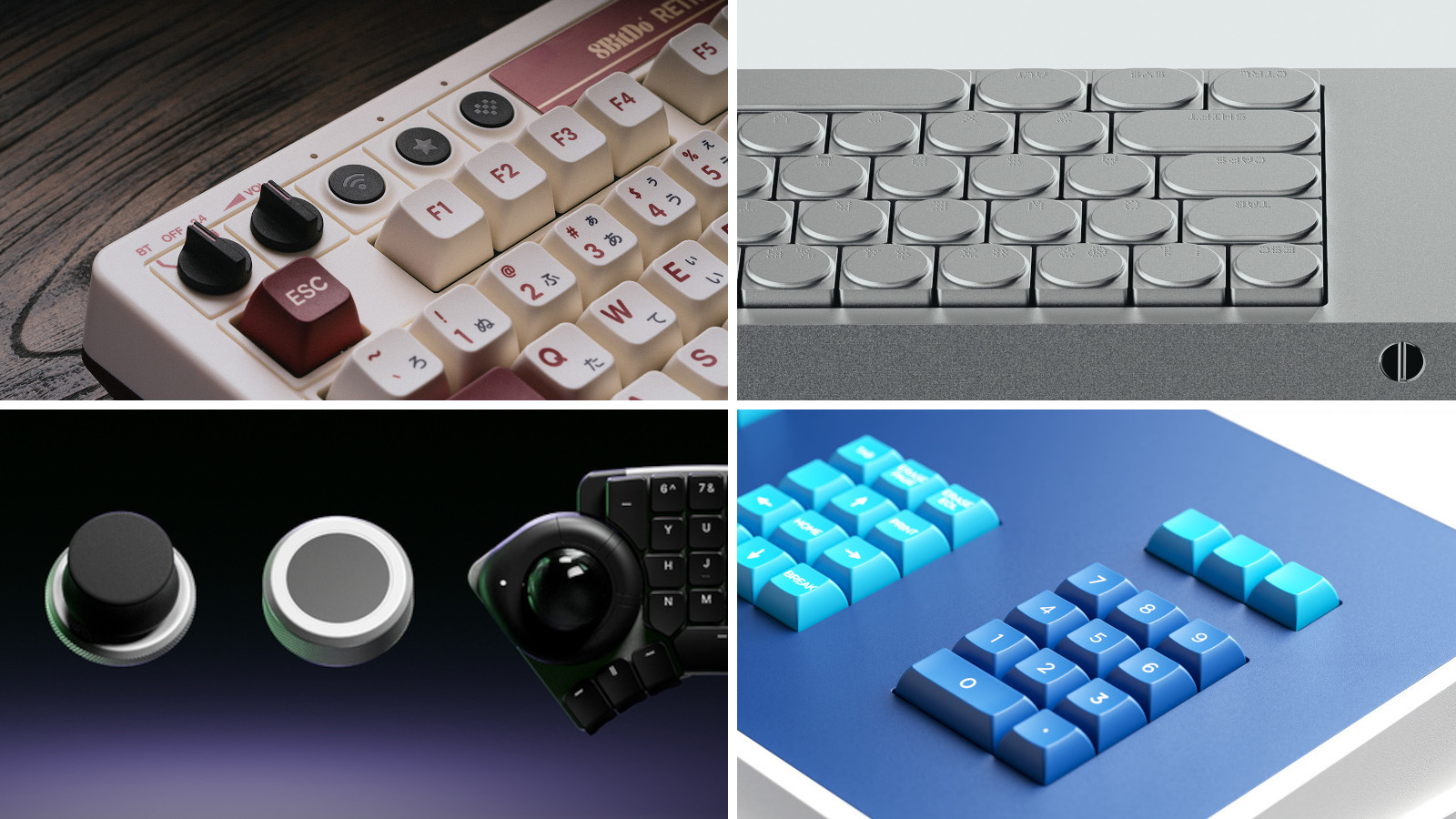 Four new keyboards are fresh and functional desktop companions
Four new keyboards are fresh and functional desktop companionsMechanical keyboards are all the rage, bringing with them new ways of personalising your desktop. We’ve found four devices that hark back to the early days of computing
-
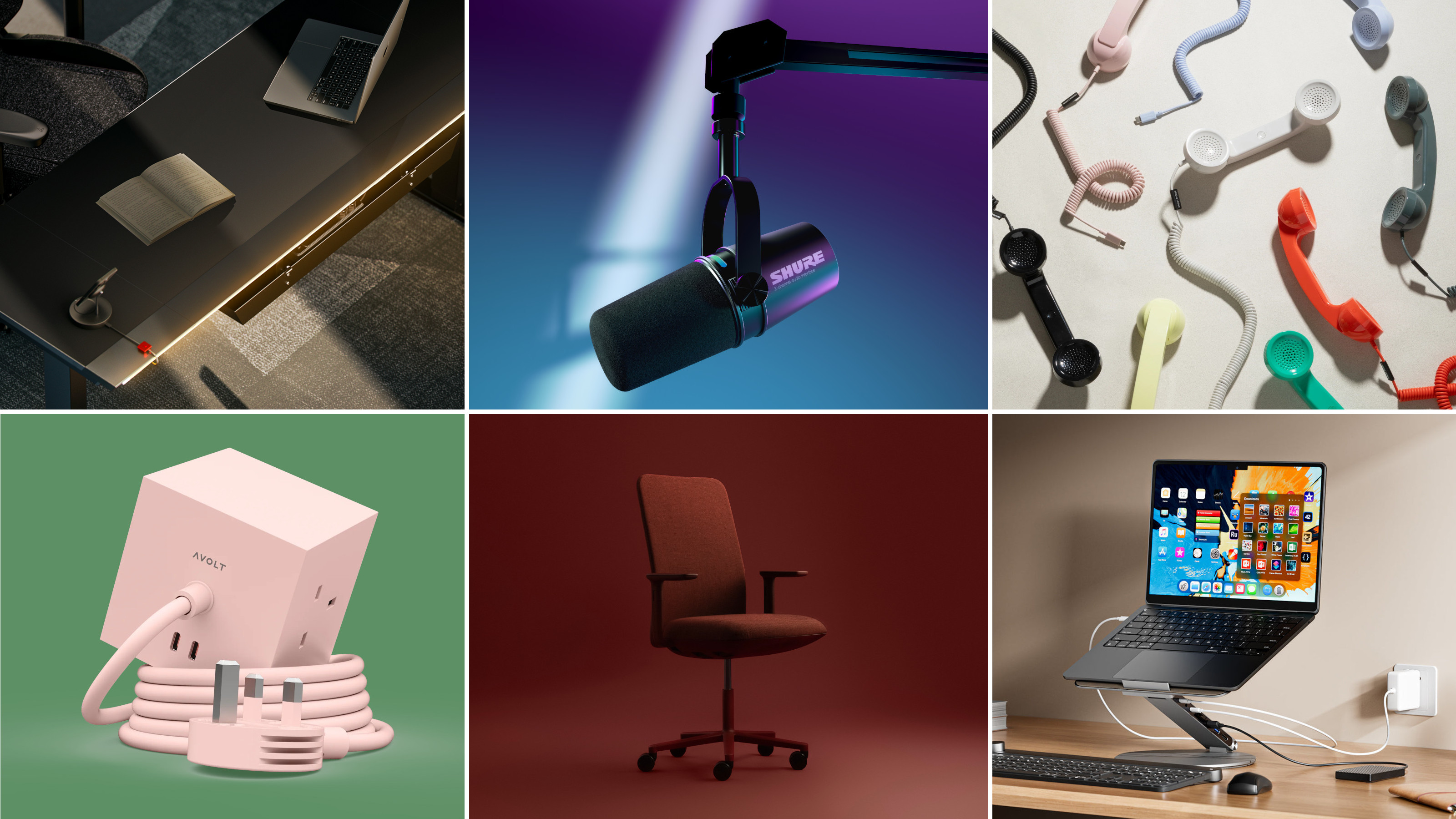 Hunker down in a perfectly equipped work-from-home hub this winter
Hunker down in a perfectly equipped work-from-home hub this winterIf your WFH set-up needs an upgrade, or if you need to kit out a new small business from scratch, we’ve got you covered
-
 New Leica Q3 Monochrom camera sees the world in black and white
New Leica Q3 Monochrom camera sees the world in black and whiteDefined by its crisp 60MP monochrome sensor, the Leica Q3 Monochrom is a camera designed for those who want to focus only on light, shadow and form
-
 Apple Watch Ultra 3 has innovation at its heart – a 3D-printed titanium case
Apple Watch Ultra 3 has innovation at its heart – a 3D-printed titanium caseWe delve into Apple’s pioneering use of 3D-printed metal, and how it ties in with the company’s path to carbon neutrality